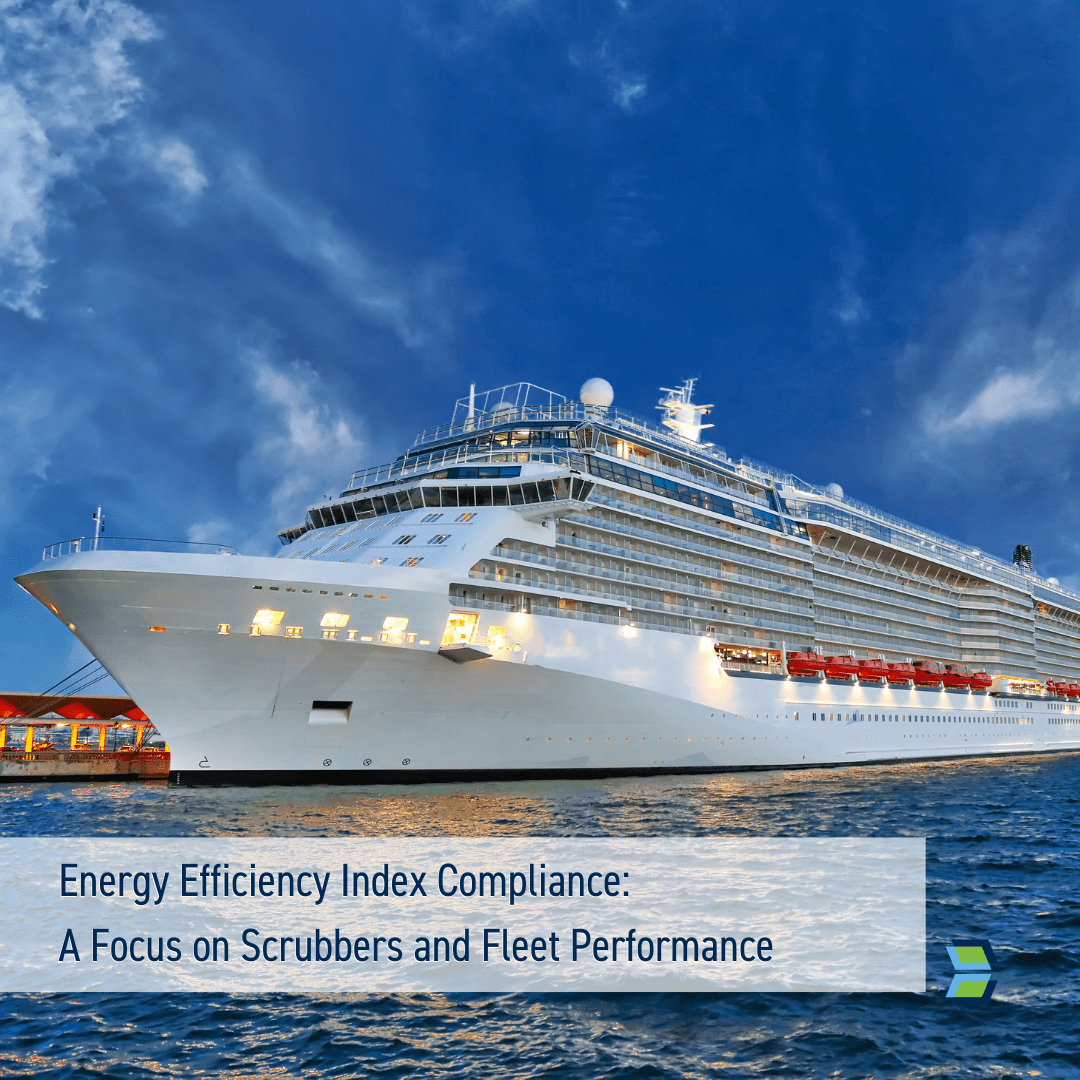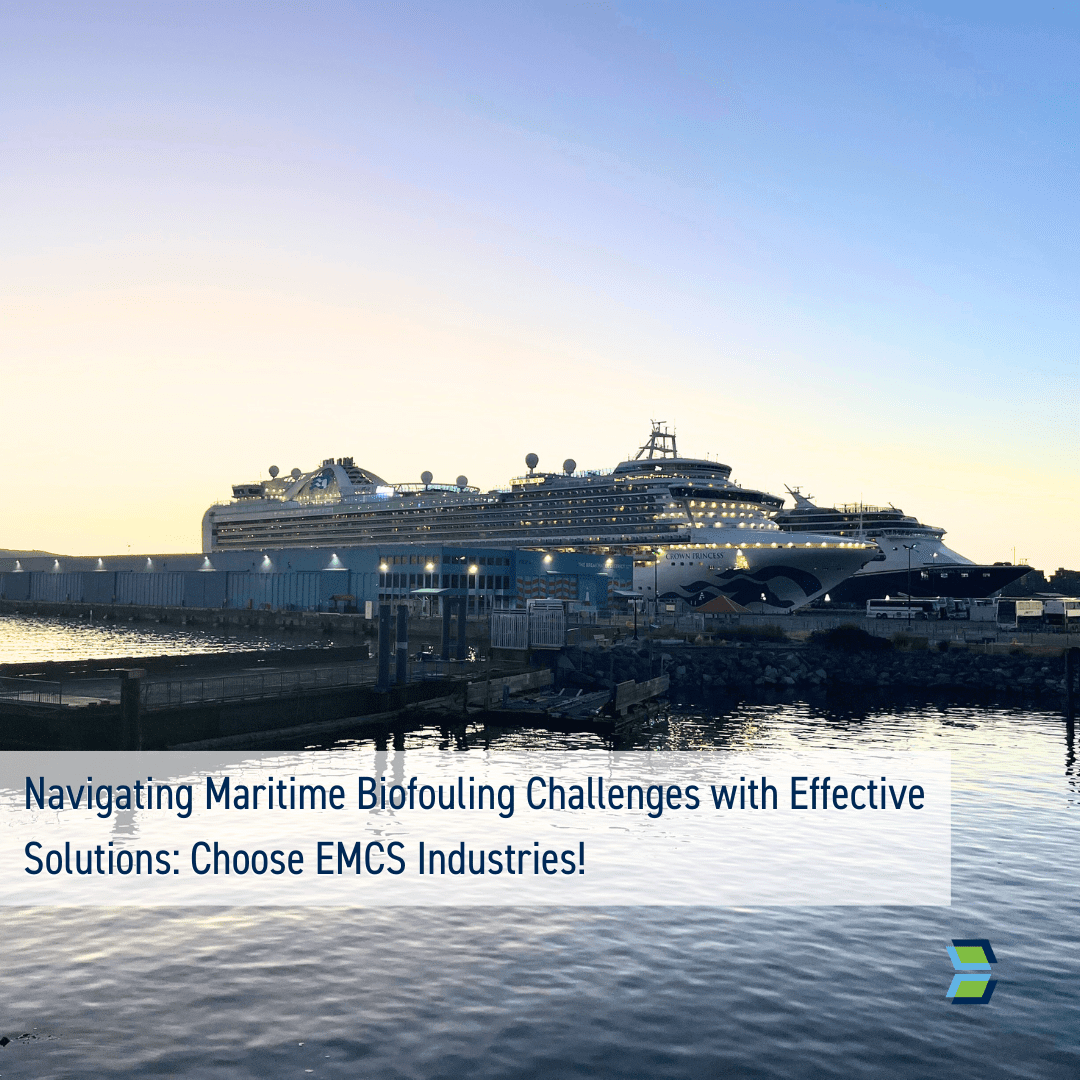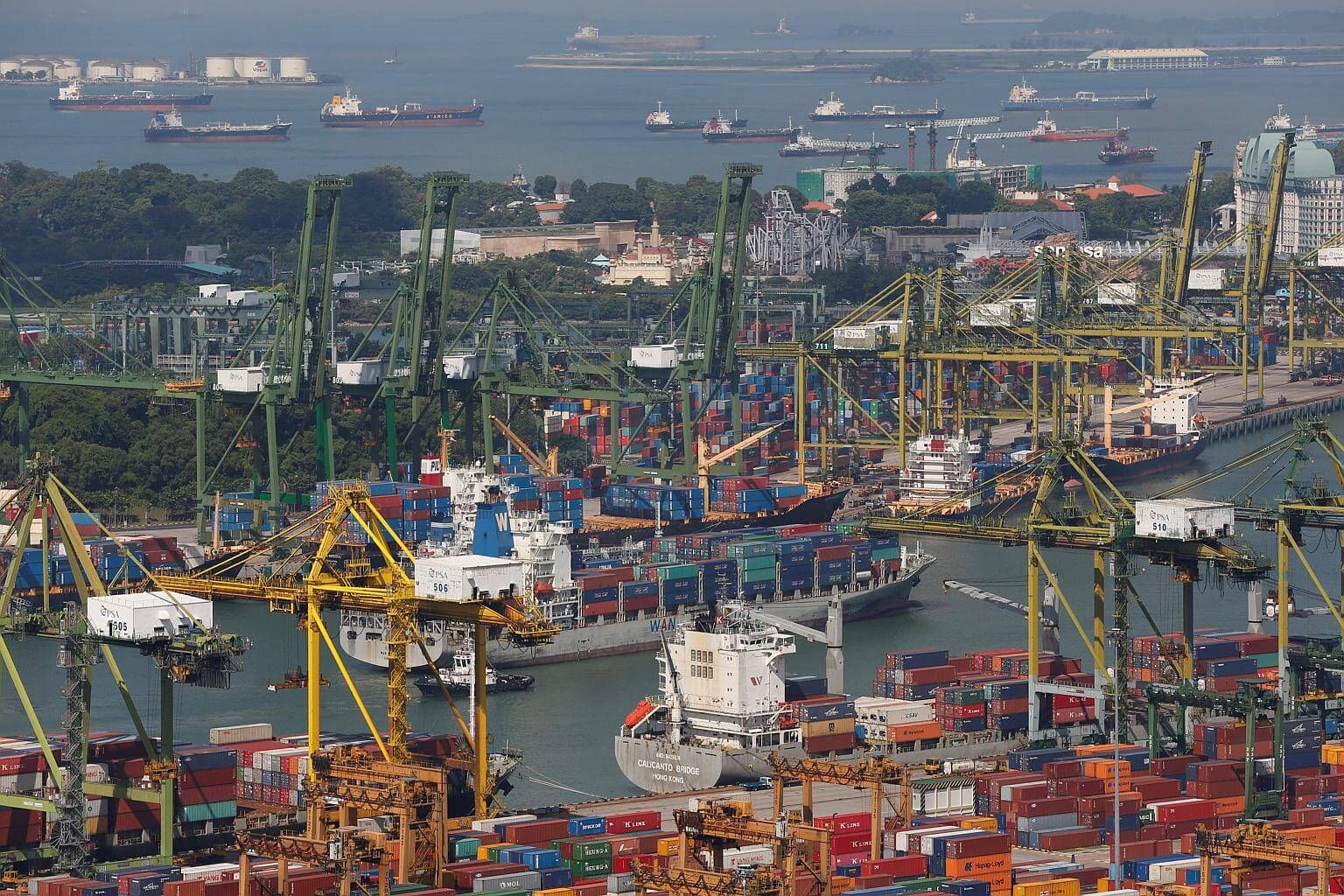In the complex journey toward Environmental Energy Efficiency Index (EEXI) compliance, maritime operators are navigating…
NO HARM NO FOUL!
Legislation to protect the world’s oceans is making it harder for vessel owners to protect their vessels from biofouling with a non-toxic antifouling solution. Why should you care?
This article explains why biofouling is such a big issue to the shipping industry and how to keep biofouling off and out of a vessels sea water system without harming the biofouling or interfering with the oceans eco systems. It’s truly ‘No harm, no foul!’
Biofouling is a big problem for the shipping industry. It can be defined as an accumulation of unwanted biological species in sea water systems or structures. However, the term ‘unwanted’ is a bit harsh.
The biofouling is only unwanted because of the issues it creates for vessels at sea. Biofouling is a huge part of the ocean eco system; mussels, barnacles (any crustacean really) is part of the ocean eco system for a reason, and the last thing we want to do is kill them because a man-made object now inhabits the ocean. The introduction of legislation is making this a reality that the shipping industry has to deal with, and if there is not a viable solution the cost of dealing with it will make shipping more expensive.
Antifouling systems have been around since 1950 in their more modern form, but this has been a problem for shipping since the first tall ships that used tar to stop fouling in the 1700’s. In fact, Pirate ships were easily attacked when they periodically stopped to remove the fouling and apply new tar.
So exactly what is an antifouling system and why should you know about them? In simple terms an antifouling system is a vessels protection from biofouling, I list a few later in this article. If you are a vessel owner you will know exactly what an antifouling system is, however if you are not a vessel owner and are concerned about the environment or more specifically the oceans eco systems, then this will give you a simple explanation as to why you should know more about them. We can do more to protect our oceans and provide a solution to vessel owners.
The issues faced by the shipping industry due to biofouling are many. The best analogy is to compare the internal piping systems that use seawater exclusively to the arteries in the human body. Any narrowing of the arteries, or complete blockage, could be disastrous. Here are a few of the most common issues the shipping industry faces due to ‘blockage’ from biofouling:
- Increased fuel consumption due to drag on the hull.
- Increased energy costs.
- Blockages of internal piping systems preventing engine cooling, fire suppressant, heating and air conditioning as well as the ability to keep emissions to a minimum via sea water scrubber systems.
- High cost of labour to remove biofouling.
- Structural fatigue.
- Increased dry docking time, therefore increased cost.
- Paint systems are becoming less and less effective as legislation demands the removal of toxins.
Without getting into the weeds (pun intended) on the different systems it’s important to understand there are essentially two types of systems (paint is considered a system). The two types of systems are biocidal (toxic) and non-biocidal (non-toxic). For your reference, current methods of combatting biofouling are:
- Organometallic paints (Cu, As, Hg oxides, these are barely legal any longer)
- Antifouling paints (biocidal)
- Silicone or fluoropolymer coatings (non-biocidal)
- Chlorine based systems (biocidal)
- Electrolytic Anodes (biocidal)
- Ultrasound Systems (non-biocidal)
- Low Frequency System (non-biocidal)
Our objective of “NO HARM NO FOUL” is to show that something can be done! We can immediately remove all the biocidal (toxic) systems in the above list and focus on the non-biocidal silicone coatings and frequency systems that don’t upset the balance in our oceans. There is a growing concern over toxic pollutants worldwide from traditional anti fouling methods. Times have changed and legislation is changing by the year to ban biocidal solutions and replace them with a solution that prevents fouling as much as possible without destroying it. Lets explore the current non biocidal solutions:
Ultrasound
Ultrasound high frequency systems use cavitation as a method of preventing fouling, the high frequency causes cavitation on the inside walls of pipes and sea chests. Cavitation, as described by specialists in the field, is “the sudden formation and immediate collapse of vapor or air bubbles in a liquid stream when system pressure falls below the vapor pressure in the liquid resulting in tiny, yet powerful, shockwaves.”
This cavitation kills the food source that the biofouling needs to thrive and according to specialists, can, “over time, cause significant damage to metal” that most ships use for their structural strength. However, this solution adversely affects both the ocean ecosystem by killing the food source, and therefore the fouling. Vessel owners must deal with metal and steel erosion of their fleets. Ultrasound however is not polluting the ocean with toxins and is therefore considered non-biocidal.
Hydrosound
There is a low frequency option for antifouling, this is an eco-friendly nonpolluting solution that eliminates the fouling found in sea chests, intake grates, pipes, strainers, fire suctions, crossovers and scrubber systems found on almost all commercial vessels. It can also be applied to structures in the marine environment that can be difficult to protect with conventional means.
The NOXX HYD™ anti-fouling system is an electronic system that is fitted on the inboard side of the vessel on the area to be protected. The system comprises one or more control panels and a group of emitters operating on 220v or 12v DC. The emitters produce a low volume, low frequency audio signal that is transmitted through the vessel surfaces to be protected. The signal is “unacceptable” to the biofouling when crustaceans are at the larvae stage and is seen by them as a predatory environment, keeping them away.
The larvae have a life of about two weeks and have to settle in that time or they die. Therefore, they are highly motivated to find a safer place to settle elsewhere. This provides complete protection against infestation by barnacles, mussels, pinworms and other crustaceans without harming them.
The surfaces must be fully cleaned at time of installation and the NOXX HYD™ low frequency equipment must operate continuously to provide ongoing protection. The system does not interfere with any electrolysis, marine depth sounders or radio equipment. The system works on structures or piping systems made of any material, including wood (the Pirates would have been thrilled) and does not damage any part of the vessel. Used in conjunction with a non-biocidal silicone paint system to make it difficult for grasses to stick to the surfaces, you have the ultimate toxin free solution to meet the objective of NO HARM NO FOUL.
Legislation is changing the face of the antifouling systems that will be acceptable in the future, NOXX HYD™ will not fall afoul of the legislation and is the future of marine fouling prevention to ensure the shipping industry can maintain a balance of co-existing with the ocean and avoiding ‘clogged arteries’ in vessels due to marine fouling.
Ships of all sizes are not going away; they are a critical means of transport. It is possible for vessel owners to prevent the issues created by biofouling WITHOUT ANY HARM to the ecosystems it is our duty to protect.



